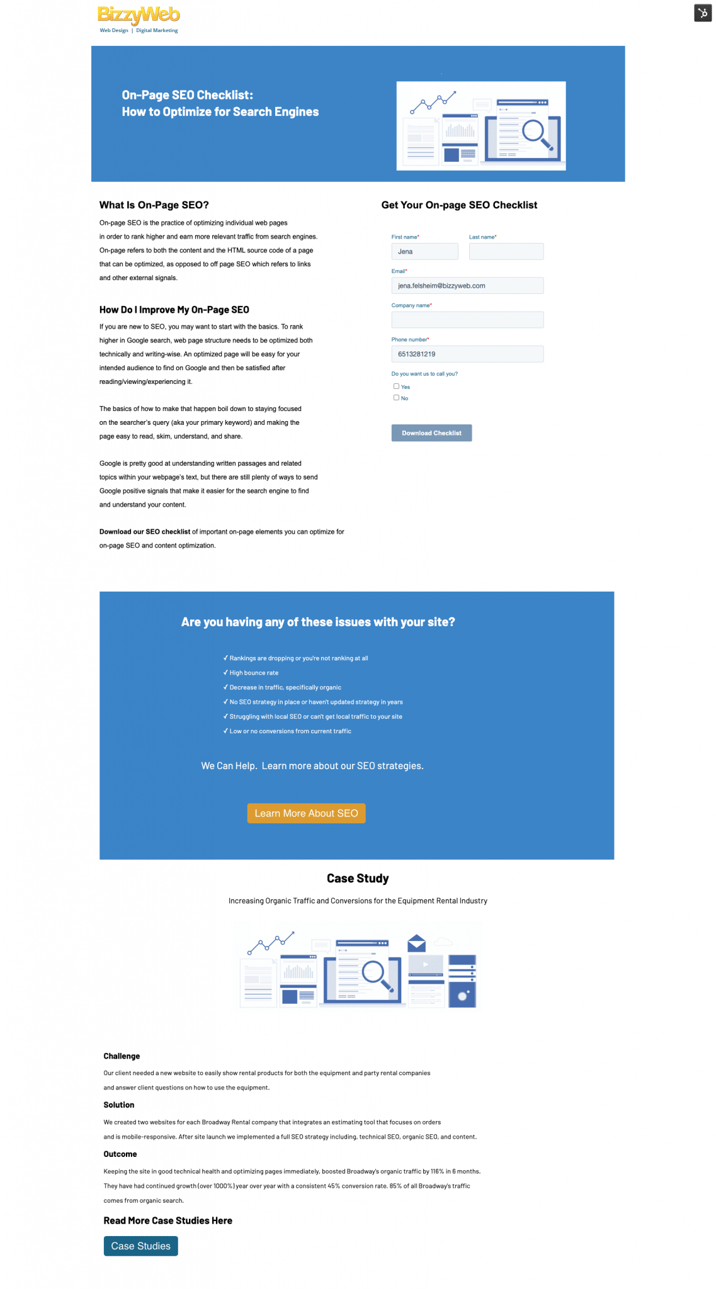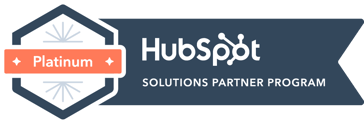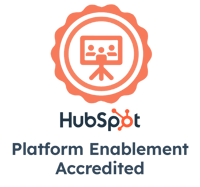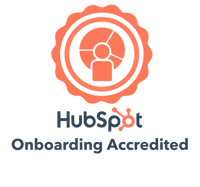How to Create an Inbound Marketing Strategy

Have you heard about the latest sensation sweeping the nation?
Ok, well maybe inbound marketing isn't exactly "sweeping the nation" but it is definitely the best new approach to handling your marketing strategy. Today we'll go over what you need to know to get started.
What is Inbound Marketing?
Inbound marketing focuses on creating relevant and helpful content instead of interrupted content.
Historically, customers had to rely on businesses to provide all the information they needed. Now, thanks to the internet, customers can easily search for businesses online and do their own research. Inbound marketing aims to capture people in their customer journey and gently guide them toward becoming customers.
In a traditional marketing model, you would simply “spread the word” about your business through print or online ads.
With inbound marketing, you instead focus on providing valuable information or items your customers can use. For example, you might start with an ebook, a quiz, a checklist or a blog that your ideal customer might find useful.
Inbound marketing is customer-oriented and customer-driven. It's all about providing value.
→Read Now: What is Inbound Marketing and Why You Should Care
How Do I Get Started with Inbound Marketing?
1. Identify your campaign audience and set your goals
First, you need to figure out who your target audience is. This will start with creating a buyer persona.
Buyer personas are fictional, generalized representations of your ideal customers. They help you understand your customers (and prospective customers) better and make it easier for you to tailor content to the specific needs, behaviors and concerns of different groups. The strongest buyer personas are based on market research as well as on insights you gather from your actual customer base (through surveys, interviews, etc.).
→Read Now: Create a Persona in 5 Minutes [Free Download]
Before you build your inbound campaign, you need to define what your goal is. This should ideally be a bit more specific than just "get more leads." Following the SMART goals template will help you create the best goals.
SMART goals are:
- Specific – Your goal needs to be unambiguous and clear.
- Measurable – You should define a concrete way of measuring progress toward your goal.
- Attainable – It needs to be realistically achievable for your team.
- Relevant – Your goal needs to make sense for your business and overall business goals.
- Timely – It’s important to set a time limit on goals to keep them in check.
With these criteria, you can go beyond a vague idea to something more solid. By setting SMART goals, you can most effectively track your success and ROI.
2. Create your offer(s), landing pages, and automation
Now that you've identified your audience and goals, you can create the meat of your inbound campaign. With your audience in mind, consider the following:
- What are their pain points?
- What questions are they asking and searching online?
- What information is most relevant to them?
- What information or data can I give them that would be valuable?
- Is my persona(s) most likely to read an eBook or would they be more likely to use something interactive?
From here, you can pick a topic and create it into an offer. Some ideas for offers are:
- eBooks
- Quizzes
- Gated Videos
- Templates/Worksheets
- Checklists
→Read Now: 5 Easy Inbound Marketing Ideas
And then you'll want to create a landing page to house your content offer. This is an optimized page that explains the offer and gives people a place to download your offer.
Here is an example of a landing page for our on-page SEO checklist download:

A landing page should be designed to make it as easy as possible for people to download your content offer.
From there, you'll then want to set up any automation for your campaign. We recommend setting up a series of automated email follow-ups. These will automatically send to anyone who downloads your offer. Generally speaking, a three email series is a good place to start:
- Email 1 - send immediately after download: Thank users for downloading and include a direct link to the content offer in case the download didn't work for them or they accidentally delete it.
- Email 2 - send a few days later: Thank them again for downloading, and follow-up with some questions and more relevant information. For example, you could link to some blogs on your website that further explain the topic in the content offer.
- Email 3 - send a week later: This is your final automated touch point. It should include a more concrete place for readers to engage - booking an meeting with a sales person, requesting a quote or scheduling an appointment.
3. Market your campaign
Once your campaign is live, you want to get it in front of as many people as possible. There are two ways to increase your audience that work best if used together: organic and paid.
Organic methods are any marketing efforts where you don't have to pay above-and-beyond what you already have. This includes:
- Sending out an email to prospects with a link to your landing page
- Posting your landing page to your social media profiles
- Writing a blog about your content offer and linking to your landing page
You can do any of the above several times to get the most attention possible. For best results, spread out your marketing so you don't come off as spammy.
Paid methods require spending more money, but it also increases your potential audience drastically. PPC advertising (or pay per click advertising) on Google, Facebook and other social media sites drives more traffic to your campaign. Using PPC is a great way to broaden your audience and reach people who have never heard of your business.
→Read Now: How to Use PPC to Supercharge Your Inbound Marketing
Congratulations! You've now created your very first inbound marketing strategy. Inbound marketing is a fantastic way to find high-quality leads for your business.
* * *
Free Guide: The Beginner's Guide to Inbound Marketing
In this download you'll find:
- A step-by-step guide on how to create an inbound marketing strategy, including building buyer personas and setting SMART goals
- Sample lead magnets to use in your inbound marketing campaigns
- Step-by-step instructions to create a lead capture form
- A checklist for creating an effective landing page
- Instructions for building automated emails
- Actionable tips for marketing your campaign to a new audience
- Steps for optimizing your campaign for search engines
BizzyWeb is a Minneapolis-based digital marketing and web design agency that helps companies get the high-quality leads they need to grow and thrive. Our tactics include inbound marketing, SEO, advertising, web design, content creation and sales automation. We are an accredited HubSpot Platinum Partner and we offer full-service HubSpot onboarding, enablement and strategy for new and current users.





